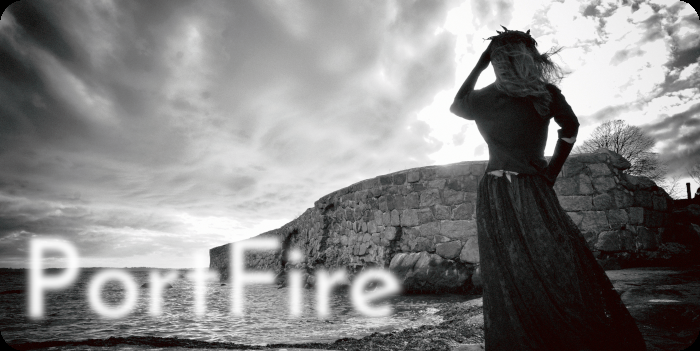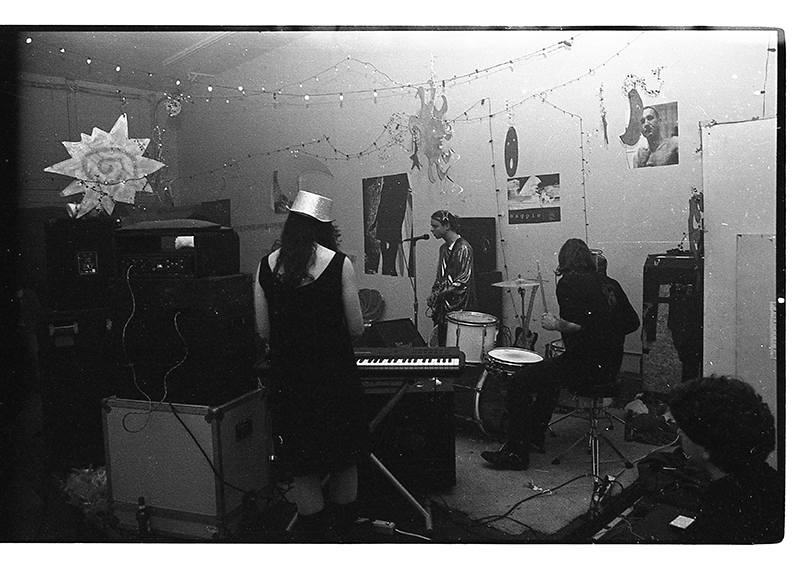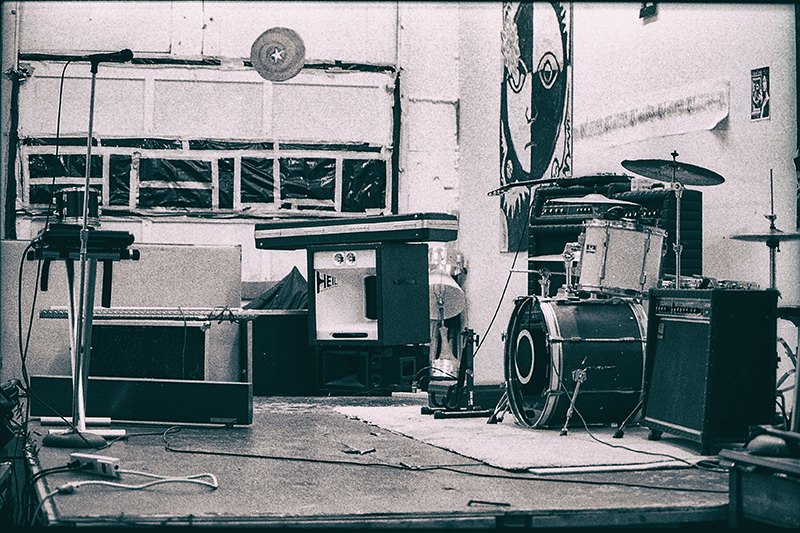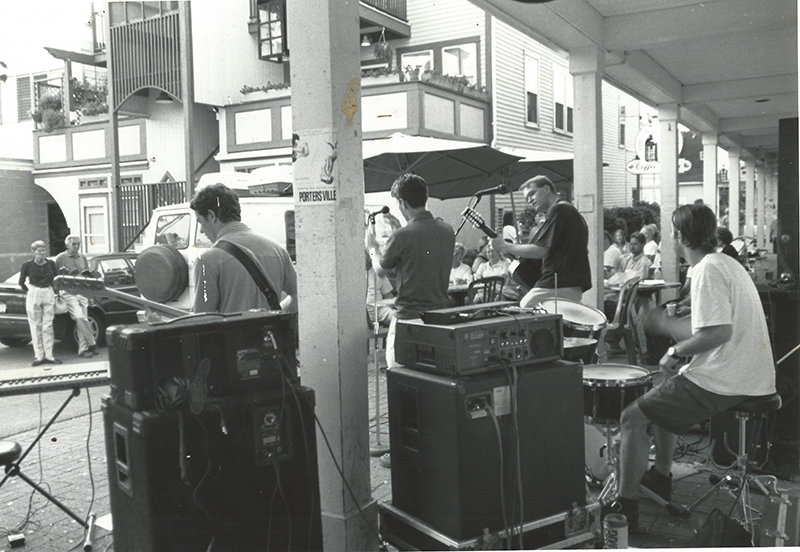

Having a vast grasp of what is possible and of what is asking to be brought in, while extended very far into regions others miss.

Feeling, hearing, tasting the power of spirit in action.

Half mesmerized and half supercharged to get everybody in on it somehow.

Perhaps retreating to more traditional versions of the infinite path if frightened by a lack of understanding coming back.

Communing with the mysteries, and absolutely at home within those places others find strange.

The inside becomes all, the outside virtually transparent to the light within…
inspired by PISCES 26: “The Aurora Borealis.” by Elias Lonsdale
https://aquaorfire.net/astrology/inside_degrees/inside_degrees.html
Saturn takes about 28-29 years to come full circle.
Saturn transits and cycles can be considered cycles of achievement and maturity. When Saturn forms a hard aspect to a personal point in our chart, we might feel that everything is slowed down–we encounter delays, frustrations, and pressures. But these times also challenge us to face reality, thereby opening ourselves up to increased wisdom and the freedom that comes with living in truth.
cafeastrology.com
featuring Model: Carol W.
as Pisces and her Saturn Return
8 March 2021
Westerly, Rhode Island, USA
all photographs by Michelle Gemma
Dec 17, 2020 12:04 AM EST Saturn entered Aquarius…
Carol was born with Saturn in Aquarius at 24 degrees!
This is Saturn Return.
This is the sixth planet from the Sun and the second largest planet in our solar system. Adorned with a dazzling system of icy rings, Saturn is unique among the planets. It is not the only planet to have rings, but none are as spectacular or as complex as Saturn’s. Like fellow gas giant Jupiter, Saturn is a massive ball made mostly of hydrogen and helium.
Surrounded by more than 60 known moons, Saturn is home to some of the most fascinating landscapes in our solar system. From the jets of water that spray from Enceladus to the methane lakes on smoggy Titan, the Saturn system is a rich source of scientific discovery and still holds many mysteries.
The farthest planet from Earth discovered by the unaided human eye, Saturn has been known since ancient times. The planet is named for the Roman god of agriculture and wealth, who was also the father of Jupiter.
https://solarsystem.nasa.gov/planets/saturn/in-depth/














